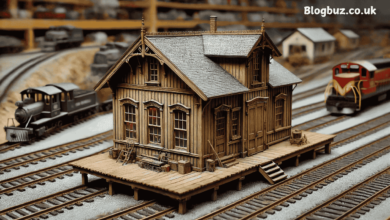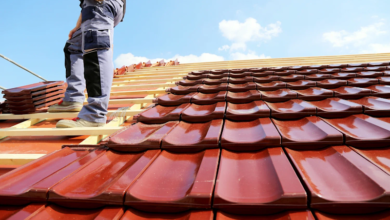Small Garden Pond with Waterfall – Die Fountain Backyard Project
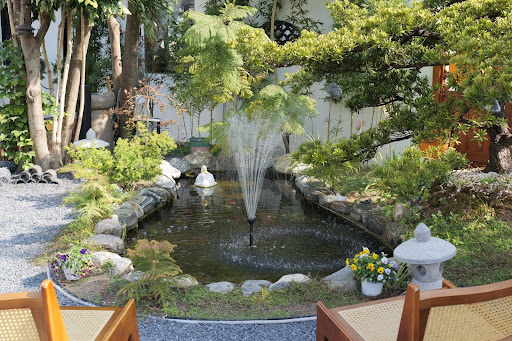
There’s something magical about the soft burble of flowing water in a garden. Whether you’re sipping your morning coffee or enjoying a twilight stroll, a small garden pond with a waterfall instantly elevates your backyard’s ambiance.
Why Build a Small Garden Pond with a Waterfall?
Still on the fence about diving into this project? Here’s why it’s worth every ounce of effort:
- Visual Appeal: Water features add layers, movement, and reflection to your landscape.
- Wildlife Attraction: Birds, dragonflies, and frogs will flock to your pond.
- Stress Relief: Water sounds promote relaxation, reduce stress, and improve mental health.
- Property Value: A professionally installed or well-crafted DIY pond can increase resale value.
- Eco-Friendly Options: With advances like the solar powered water fountain, it’s easier than ever to create a green space.
Planning Your “Die Fountain” Backyard Project
A successful garden pond starts with planning. Ask yourself:
- Where should it go? Choose a spot with at least 6 hours of sunlight, away from overhanging trees (to reduce leaf litter).
- How big should it be? For beginners, a pond that’s 4 to 6 feet across and 18 to 24 inches deep is manageable and sufficient for a waterfall.
- What style fits your yard? Naturalistic ponds use irregular shapes and rocks, while modern ones use clean lines and symmetry.
Pro Tip: Sketch your pond and waterfall layout on paper first, including plant borders, electrical lines, and where you’ll place the pump for the waterfall fountain.
Materials and Tools You’ll Need
Here’s your essentials checklist:
Tools
- Shovel and spade
- Spirit level
- Garden hose (for outlining the shape)
- Utility knife
- Wheelbarrow
- Trowel
- Rubber mallet
Materials
- EPDM or PVC pond liner
- Underlayment (sand or landscaping fabric)
- Stones and boulders
- Flexible piping (¾ inch or 1 inch)
- Pump for waterfall fountain
- Solar powered water fountain (optional or as backup)
- Waterfall spillway or basin
- Aquatic plants
- Pond filter and netting (optional but recommended)
Step-by-Step: How to Build a Small Garden Pond with a Waterfall
Step 1: Outline the Pond Shape
Lay a garden hose on the ground to define the pond’s shape. Dig along the hose to mark your area.
Step 2: Start Digging
Dig out the main pond area. Make it deep enough (18-24 inches) to avoid rapid temperature fluctuations. Create ledges for marginal plants.
Step 3: Line the Pond
Add sand or underlayment to smooth the bottom. Then lay your pond liner over it, making sure there’s enough overhang at the edges.
Step 4: Build the Waterfall Base
Stack flat rocks or use a pre-made waterfall spillway. Ensure a gradual drop to create a gentle cascade.
Step 5: Install the Pump
Place your pump for waterfall fountain in the deepest part of the pond. Connect the tubing to the waterfall base and conceal it behind rocks or plants.
Step 6: Fill with Water
Slowly fill the pond with water using a hose, smoothing out any liner wrinkles as it fills.
Step 7: Add Decorative Stones
Cover the liner edges with rocks to hide them. Stack stones around the waterfall for a natural look
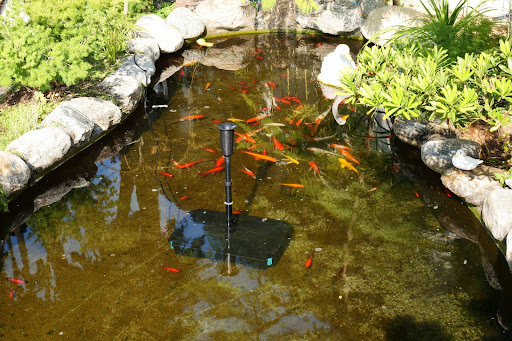
Installing the Pump for Waterfall Fountain
Your waterfall’s success hinges on proper pump selection and installation. Here’s what you need to know:
Choosing the Right Pump
- Flow Rate: Aim for 100 gallons per hour (GPH) for every inch of waterfall width.
- Head Height: This measures how far the pump must push water upward—factor this in before purchasing.
- Energy Efficiency: Look for submersible pumps labeled “eco-friendly” or “low wattage.”
Installation Tips
- Always place the pump for waterfall fountain on a brick or flat rock to prevent sediment intake.
- Use flexible tubing to connect the pump to the spillway. Secure with hose clamps.
- Test before finalizing the rock setup, adjust flow and splash direction as needed.
Going Green: Using a Solar Powered Water Fountain
Want to reduce your carbon footprint and electric bills? Install a solar powered water fountain.
Advantages
- No wires: No need to dig trenches or connect to the grid.
- Low cost: Once installed, it runs for free.
- Eco-conscious: Great for sustainable landscaping.
How It Works
These units include a small solar panel (either attached or remote), a battery pack for energy storage, and a pump. On sunny days, the solar panel powers the pump directly; on cloudy days or nighttime, the battery kicks in.
Ideal Use
While solar pumps may not provide the same power as electric ones, they work beautifully as part of your die fountain backyard project especially for light waterfall flows, small fountains, or accent features.
Pro Tip: Combine your main electric pump for waterfall fountain with a solar powered water fountain as a backup or supplementary feature.
Landscaping Around the Pond
Turn your water feature into an ecosystem and visual treat with thoughtful landscaping.
Best Plants for Ponds
- Marginals: Cattails, pickerelweed, and iris for ledges
- Floaters: Water lettuce, duckweed, water hyacinth
- Submerged: Hornwort or anacharis (they oxygenate and keep algae down)
Decorative Touches
- Add a small bridge, koi statues, or bamboo fencing.
- Use LED lights or floating orbs for evening ambiance.
Maintaining Your Pond and Fountain
A well-maintained pond lasts for decades. Here’s what to do:
- Weekly: Skim leaves and debris; check pump operation.
- Monthly: Rinse the filter and tubing; clean algae from stones.
- Seasonally: Trim dead plants; check for leaks or liner shifts.
For solar features, clean panels monthly to ensure maximum power.
Common Mistakes to Avoid
- Going too shallow: This can lead to overheating, algae blooms, and freezing in winter.
- Underpowered pump: A weak pump results in poor flow and stagnant water.
- Bad placement: Avoid tree roots, low spots (prone to flooding), or full shade areas.
- No overflow plan: Without drainage channels, heavy rain can cause liner damage.
- Poor sealing around the waterfall: Water may bypass the pond and cause erosion.
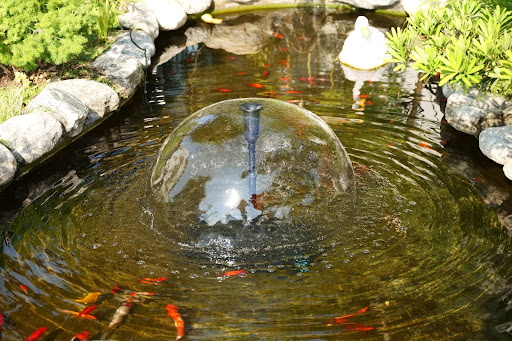
Seasonal Care and Tips
- Spring: Clean thoroughly; restart pump and check connections.
- Summer: Top up water lost to evaporation; keep algae in check.
- Autumn: Skim falling leaves daily or use a pond net.
- Winter: In colder climates, remove the pump or switch to a frost-safe model. Use a floating heater if you have fish.
Final Thoughts
Building a small garden pond with a waterfall is more than just a landscaping task; it’s a journey into creating a serene, natural sanctuary right outside your door.
With the help of a pump for a waterfall fountain and the option to go off-grid with a water fountain, you can create a self-sustaining, budget-friendly, and stunning feature that you’ll cherish year after year.

